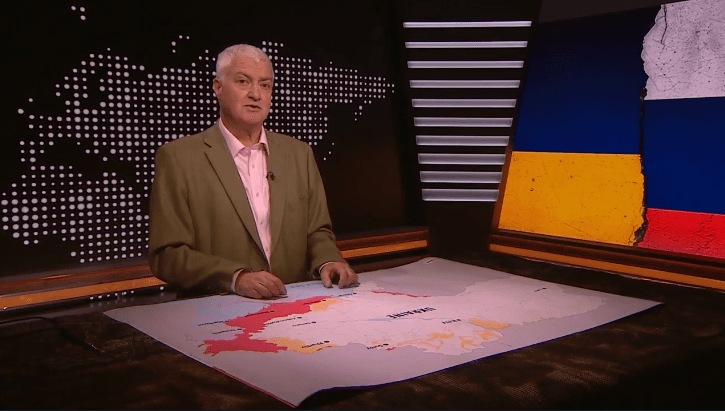FORGED in the ashes of World War Two, NATO was for decades the West’s last defence against the threat of nuclear annihilation from the Soviet Union. In the latest episode of Battle Plans Exposed, former defence intelligence expert Philip Ingram looks at how the alliance has been restored to its original might to meet Putin’s challenge….

